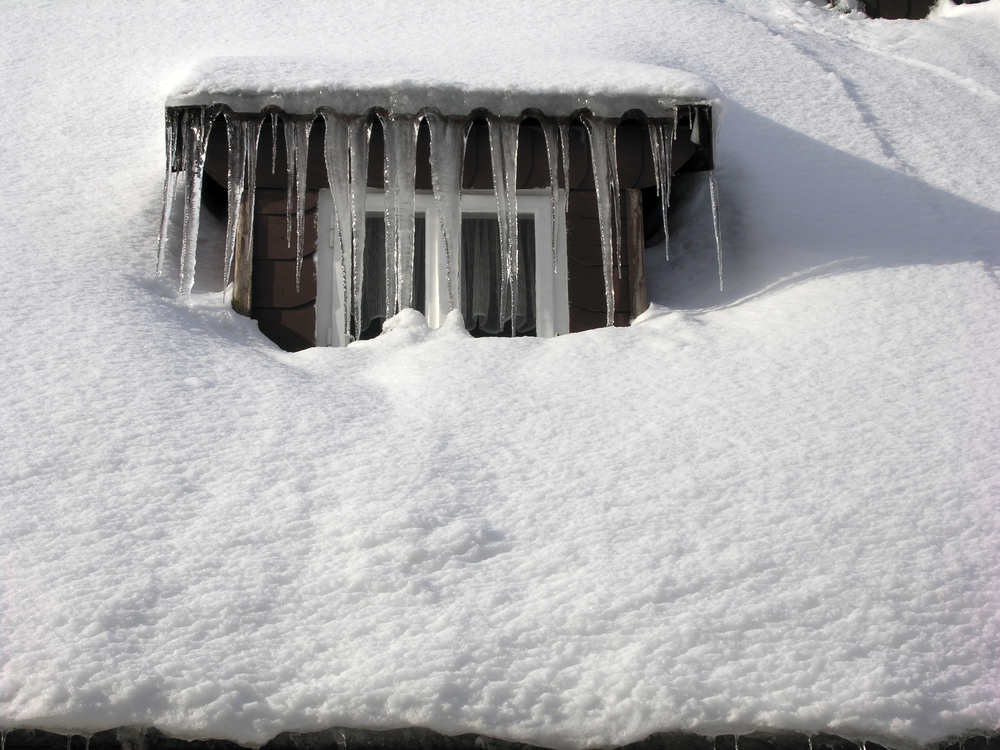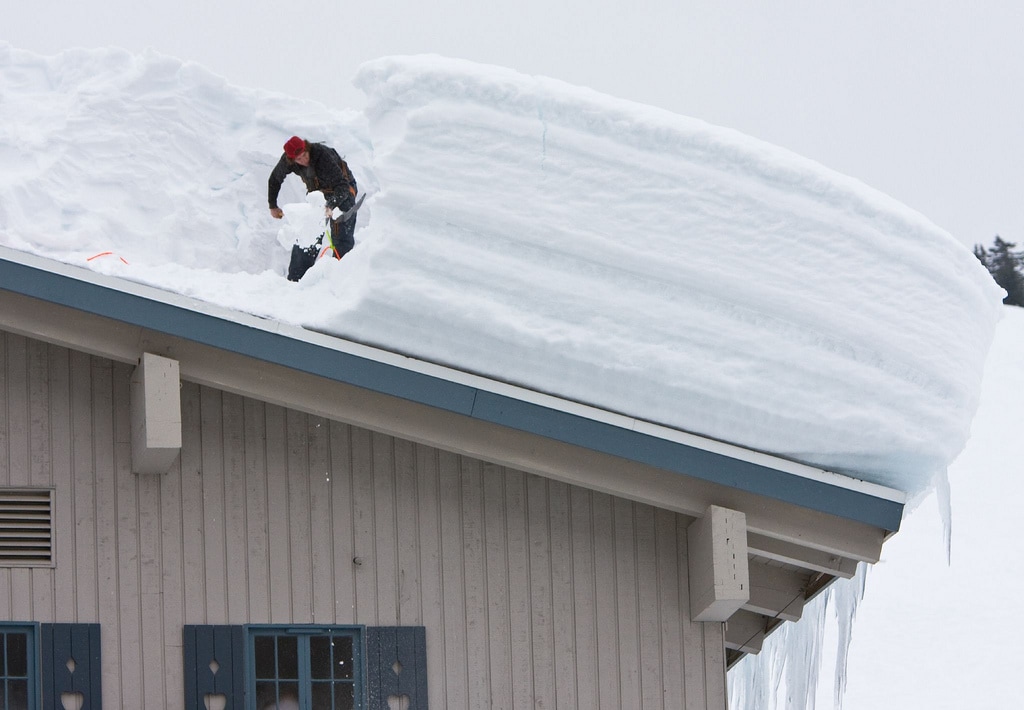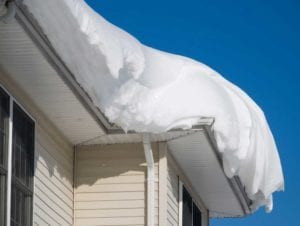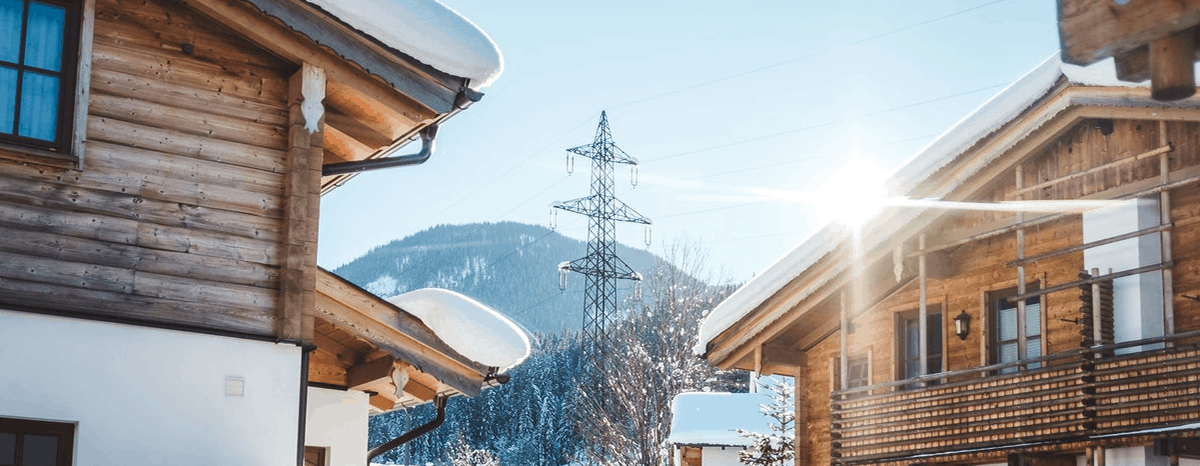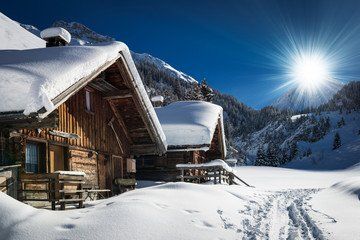According to the insurance institute for business and home safety most residential roofs should be able to support 20 pounds per square foot of snow before they become stressed.
Roof creaking snow.
The ideal pitched roof is smooth and steep so the snow slides off and framed with closely spaced rafters for strength.
Unless you re lucky to live in sunny california you probably know the never ending plight of shoveling heaps of snow from your roof every winter.
It also helps if the roof is in a sheltered area.
And while not everyone has experienced alaskan snowfalls such as the record breaking 78 in 24 hours in 1963 we all know that a sudden blizzard may leave your house covered in a thick layer of snow.
If heavy snowfall has built up on your roof watch out for these warning signs.
Creaking wheezing or popping sounds happen at nighttime due to cooler weather.
These are signs of a roof that is in danger of.
During the day the wood expands.
Take a look around your home and note any signs of gutters pulling away from your roofline.
If you ve got a.
Sagging severe roof leaks or cracks in the wall.
Excessive snow accumulation can be the result of ice dams unbalanced snow load heavy snowfall or rain or just simple roof geometry working against you.
Roof cracking sounds are somewhat common in the winter.
The snow settles on it.
Consider consulting with a contractor before next winter to determine what you can do to increase the pitch of your roof and ease the burden of heavy snowfall.
Putting the dangers of falling through out of my mind i continued to shovel the snow easing the creaking roof s snow load.
The most dangerous situations are when the roof is about to collapse because of too much snow and ice.
Later that week the race was on as 6 inches of new snow was added to the roof with over a quarter of an inch of freezing rain.
The wood frame under your roof experiences temperature changes from the outdoor air because the attic does not receive much heating or air conditioning.
While doors leading outside may stick in the winter inside doors.
The timbers and framing lumber will crack before the collapse but sometimes there s not a lot of warning.
If you notice excessive or unusually loud cracking and popping sounds after mother nature has piled frozen precipitation on your roof it may be wise to investigate further.
The energy released by this movement is what causes the loud banging or cracking sound.
Doors on interior walls begin to stick or pop open.
At night the outdoor temperature lowers and the wood contracts.


